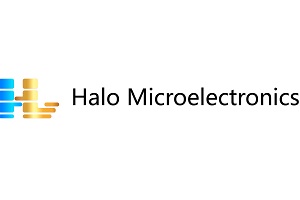Halo Microelectronics introduces nano power DC-DC converter for low-power IoT devices

Halo Microelectronics announces launch of its latest addition to the buck converter product line, the HL7543. It is designed specifically for wearable devices and its high efficiency makes it an ideal choice for battery-powered devices.
The HL7543 features an input voltage range between 2.3V to 5.5V delivering up to 600mA high efficiency while maintaining over 90% efficiency at load current as low as 10μA. Its wide range of output capacitors can be used to optimise VOUT stability during load transients, and inductors of 2.2μH may be used without affecting loop stability.
The HL7543 operates at a high frequency of 1.2MHz, greatly reducing the value of the required external components. At moderate to light loads, the Pulse Frequency Modulation (PFM) is used to maintain conversion efficiency with non-switching quiescent currents. The HL7543 maintains excellent load and line transient responses even with such a low quiescent current. The system automatically switches to fixed-frequency Pulse Width Modulation (PWM) operation at 1.2MHz for minimum VOUT ripple and optimal load transient response at higher loads. In shutdown mode, the HL7543’s supply current drops below 270nA, significantly reducing power consumption.
The HL7543 comes in a compact 1.6mm x 0.9mm WLCSP-8 package; the ideal choice for wearable devices with limited space. Primary applications include wearables, fitness trackers, and smartwatches.
“We are excited to introduce the HL7543 to our buck converter product line,” says David Nam, CEO of Halo Microelectronics. “The smartwatch and the wearable market size is expected to grow $156 billion (€141.15 billion) by 2030 (Source: Acumen Research and Consulting), and our proprietary synchronous buck converter with its excellent load and line transient responses, is one of the key reasons we are leading the wearables industry.”
For more information about the HL7543, please visit here.
Comment on this article below or via Twitter @IoTGN
